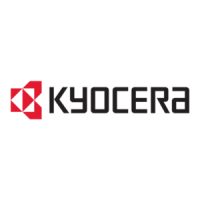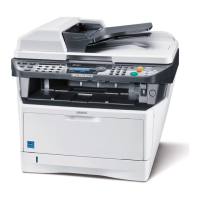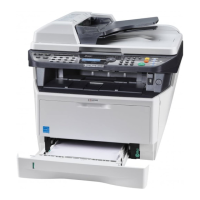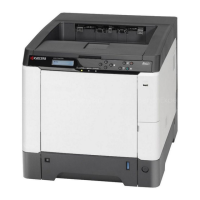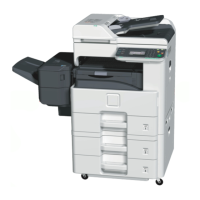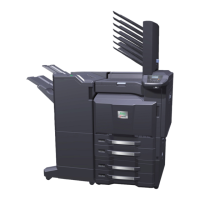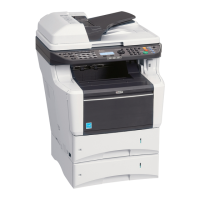Font Selection
4-9
The parameters for symbol set, compression, and obliquing must be either all specified
or all omitted.
Selecting Fonts Using the FSET Command
The FSET command provides a method of selecting fonts based on font characteristics
and font location in the printing system.
Font characteristics upon which selection is based appear in order of priority, from high-
est to lowest as follows:
In selecting a font, the printing system searches the available fonts to match a character-
istic based on the highest priority. If this matching produces only one font, that font is
selected. If many fonts match this highest priority, then matching begins with the next
highest characteristic. The printing system continues going down the list until only one
font is left, then that font is selected.
A font may reside in any of three locations: printing system ROM (for resident fonts, and
option fonts, if installed), memory card (for card option fonts), and printing system RAM
(for downloaded fonts). A font in printing system ROM has lower priority than an identi-
cal font on a memory card, and a memory card font has a lower priority than an identical
font in printing system RAM. Also, assuming all other characteristics are the same, a
scalable font has lower priority than a bitmap font (simulated).
The last characteristic checked is the font orientation. If two fonts are found that differ
only in orientation, the one selected is that which matches the page orientation. If only
one font remains and its orientation does not match the orientation of the page, the print-
ing system rotates the font to match the page orientation.
The example below shows an FSET command sequence that selects the 12-point,
upright, normal-weight, CGTimes font. (The FSET command sequences for selecting the
resident fonts appear on the font lists.)
FSET 1p12v0s0b4101T;
The FSET command sequence may be followed by a CSET (Change current symbol
SET) command which selects the desired HP symbol set. In the example below, the Win-
dows symbol set is selected.
CSET 9U;
HP symbol set values can be referenced on the CSET command page in PRESCRIBE
Commands Command Reference.
Characteristic Priority of selection
Symbol set Highest
Spacing 2 nd
Pitch 3 rd
Point size (height) 4 th
Style 5 th
Stroke weight 6 th
Typeface family 7 th
Location 8 th
Orientation Lowest
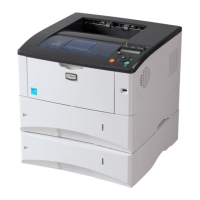
